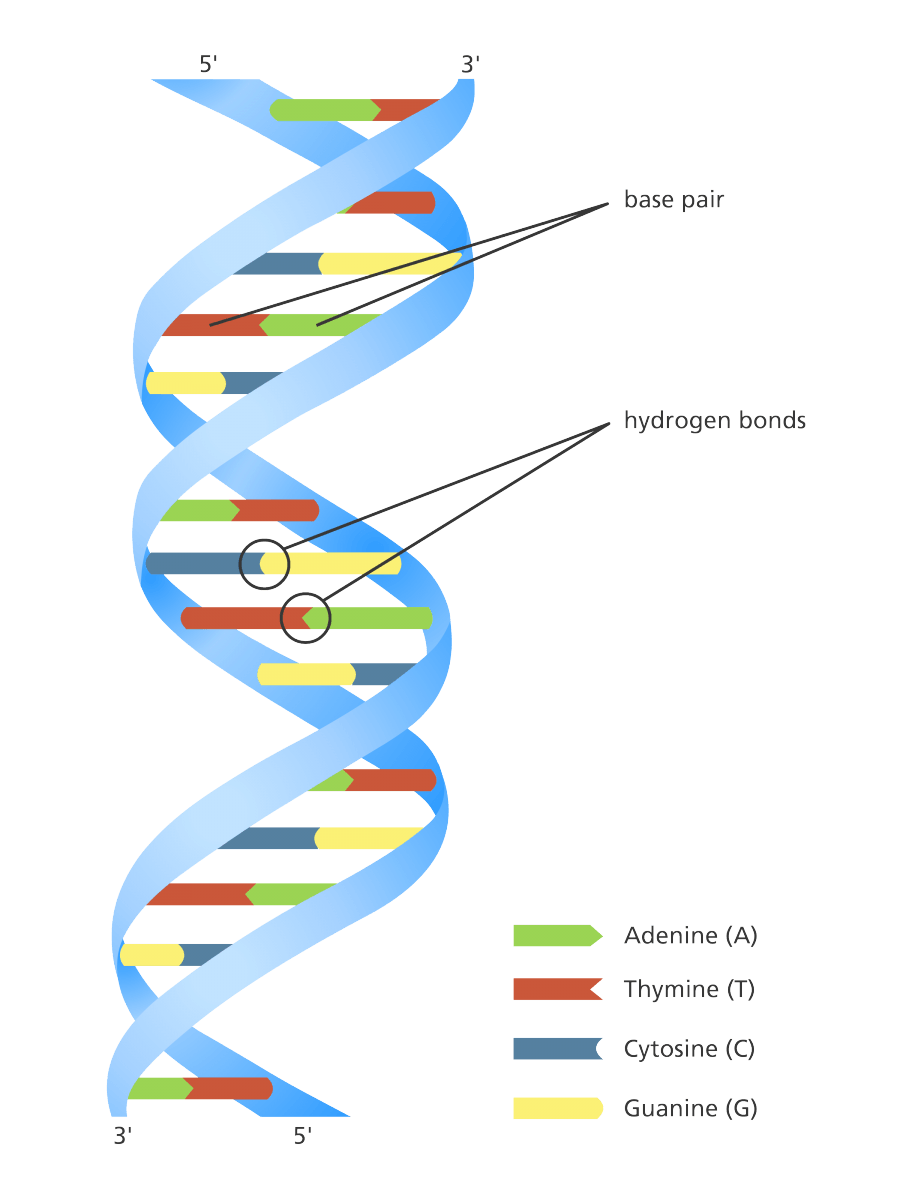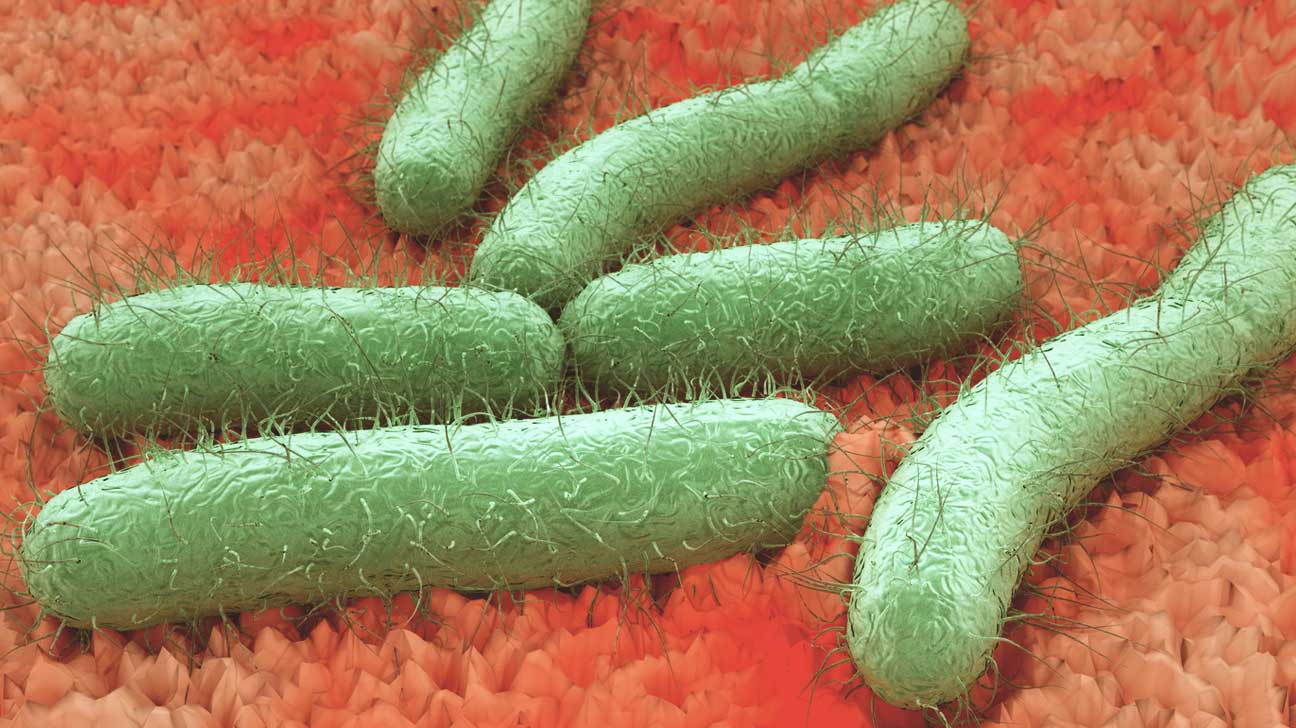DNA is the densest known storage medium in the universe. It can store immense amounts of data in a very tiny amount of space. To give some perspective, these building blocks of life can hold 1,000,000,000,000,000,000 (one quintillion) bytes of information in a cubic millimeter. That is why researchers, from Harvard to Microsoft, are looking for ways to leverage this incredible resource.
Harvard University geneticist George Church and his team have recently achieved a remarkable feat: storing a GIF inside bacteria. Using the CRISPR gene editing system, they have managed to interfere with the genome of the Escherichia Coli bacteria.
 Here is a simple representation a DNA structure showing the four types of nucleotides.
Here is a simple representation a DNA structure showing the four types of nucleotides.
How it works:
The way our DNA stores information is through nucleotides. They are divided into four types: A, T, C and G. Their pairing creates the storage system for genetic information. Similar to what binary computing language does with 1's and 0's. And that is where George Church’s team has been storing its GIFs.
This Harvard research team has converted the individual pixels of each image into nucleotides. The images showed a galloping horse and its rider, coincidentally the first stop-motion photographs ever. English photographer Eadweard Muybridge originally created this sequence in the 1870's.
[video width="1200" height="448" mp4="https://nextnature.net/app/uploads/2017/07/horsegif_0.gif.mp4" preload="auto" loop="on" autoplay="on" controls="off"][/video]
By sequencing the DNA of the bacteria, the scientists were able to reconstruct the data they had stored. The accuracy of this method of “translation”, between the language of biology and that of technology, so to speak - was of 90 percent. The images you see above are rather small, since they are only 36x26 pixels in size. Nonetheless, they represent a step in a promising direction.
Now what?
We’re still far away from unlocking the full potential of DNA storage for everyday use by humans. For example, there is still a big difference in storing information in synthetic DNA and in biological DNA. The latter is much more challenging than the former. Living bacteria divide, grow and die in a way that is challenging for the geneticists who are trying to use their DNA as reliable storage. That's why the achievement of George Church's team is so important.
Despite all the upcoming challenges, this could be the first steps into a whole new world of possibilitys for Humankind. “What we really want to make are cells that encode biological or environmental information about what’s going on within them and around them” says Seth Shipman, a scientist working in Church’s lab at Harvard. In other words, we could be translating the language of biology into the language of computers, making it more accessible and understandable for humans.
Finally, this could mean that one day your biological information will be intermingled with synthetic information. You would carry all your digital data at all times with you as a part of your organism. Every photo you’ve ever taken, every movie you’ve ever watched and every document you’ve ever saved could be embedded right in your skin, in your own DNA.
Sources:
MIT Technology Review: Scientists Used CRISPR to Put a GIF Inside a Living Organism’s DNA
MIT Technology Review: Microsoft has a Plan to Add Data Storage to its Cloud

Share your thoughts and join the technology debate!
Be the first to comment